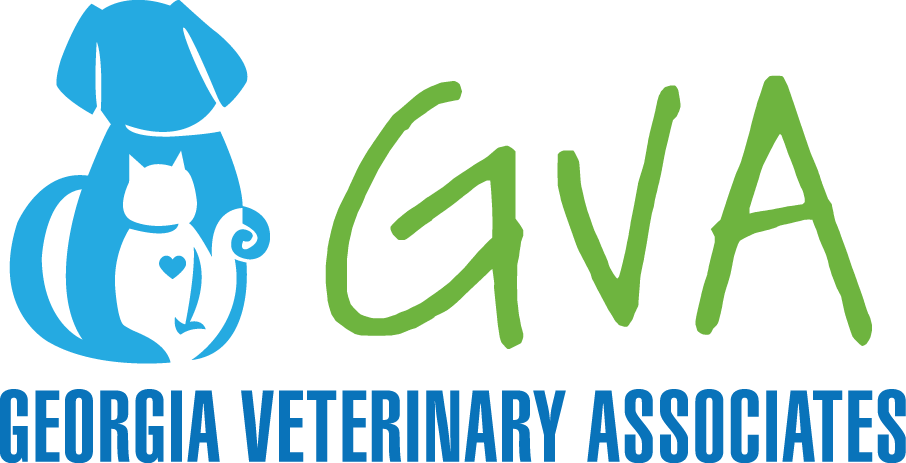Broken Bones and Fractures
A bone can break in many ways; we call these fractures. To make it easier to plan for therapy, veterinary surgeons classify fractures into several categories.
- Incomplete: a fracture that is more like a bend in the bone; the bone may only be broken partway around the circumference of the bone; most commonly seen in young animals.
- Complete: the bone is broken through its full circumference and two or more bone fragments are created.
Complete fractures are further described based on the shape of the break.
- Transverse: the break is straight across the bone at a right angle to the length of the bone
- Oblique: the break is at a diagonal across the bone, creating two bone fragments with sharp points.
- Comminuted: the break is in three or more pieces of varying shapes.
A fracture that results in an open wound in the skin is called an open fracture; these can be created when the broken bone penetrates the skin (from the inside out) or when an object goes through the skin and breaks the bone. If there is no open wound near the fracture, it is called a closed fracture.
Fracture Repair
When a bone is broken, it is unable to resist the normal physical forces that act on bones when a pet walks on a leg. Some of these normal forces are:
- bending (like the force used to break a pencil in half)
- torsion (a twisting force around the bone)
- compression (the force that gravity puts on us when we bear weight on our legs)
- traction (the pulling force applied to a small portion of bone by a muscle at its attachment on the bone)
The strength of normal, healthy bone resists these forces. A bone breaks when it is subjected to a force that is greater than its own strength. Once it is broken, it must be immobilized sufficiently to allow the bone to heal back together. This is where veterinary treatments, like those listed below, are used to ensure quality bone healing and good leg use.
External coaptation: a splint or cast; applied to the outside of the limb; good at resisting bending forces and fair at resisting torsion and compression forces.
External fixation: a surgically applied device that is attached to the bone with pins that thread into the bone, but come out through the skin. These pins are connected to a rigid bar with clamps to “splint” the bone on the outside. This method is very good at resisting bending, compression and torsion forces (Figure 4).
Internal fixation: surgically applied devices implanted inside the bone or on the surface of the bone. Various devices are available and offer different results against the various forces such as plates, screws, nails, pins, wires.
Several factors go into making up a final treatment plan for a fracture. Each factor has characteristics that support easy/rapid fracture healing and characteristics that result in slow/complicated fracture healing. We use this scale of information to come up with the best repair options for an individual pet.
